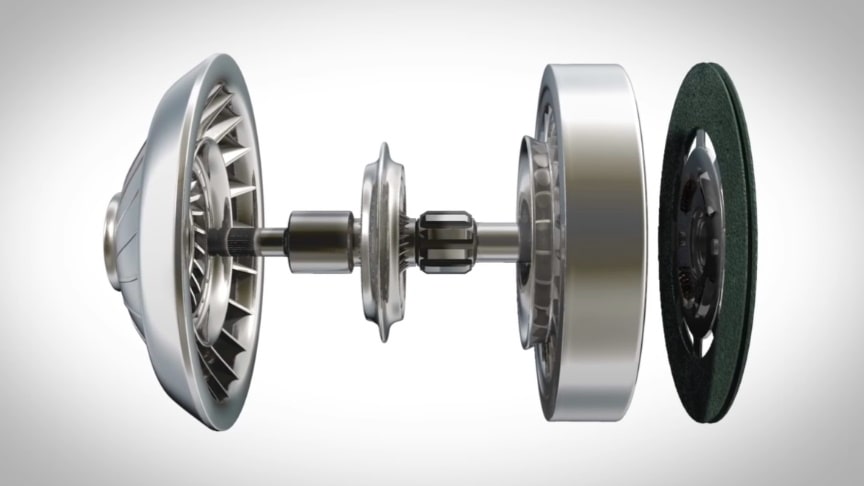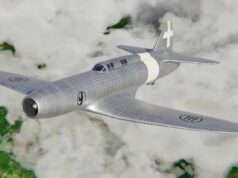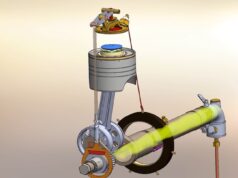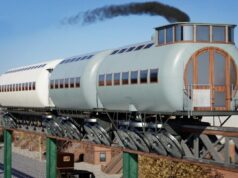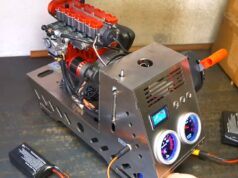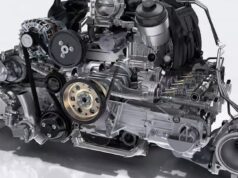The torque converter is often seen as the most complicated part in vehicles of today. It is, however, a very important component of automatic transmissions. This animation explains the theory behind this complex component.
source/image(PrtSc): Thomas Schwenke
A torque converter is a type of fluid coupling that transfers rotating power from a prime mover, like an internal combustion engine, to a rotating driven load. In a vehicle with an automatic transmission, the torque converter connects the power source to the load. Watch the video from Thomas Schwenke for more info:
It is usually located between the engine’s flexplate and the transmission. The equivalent location in a manual transmission would be the mechanical clutch.
Advertisement
The main characteristic of a torque converter is its ability to increase torque when the output rotational speed is so low that it allows the fluid coming off the curved vanes of the turbine to be deflected off the stator while it is locked against its one-way clutch, thus providing the equivalent of a reduction gear. This is a feature beyond that of the simple fluid coupling, which can match rotational speed but does not multiply torque, thus reduces power./wikipedia

